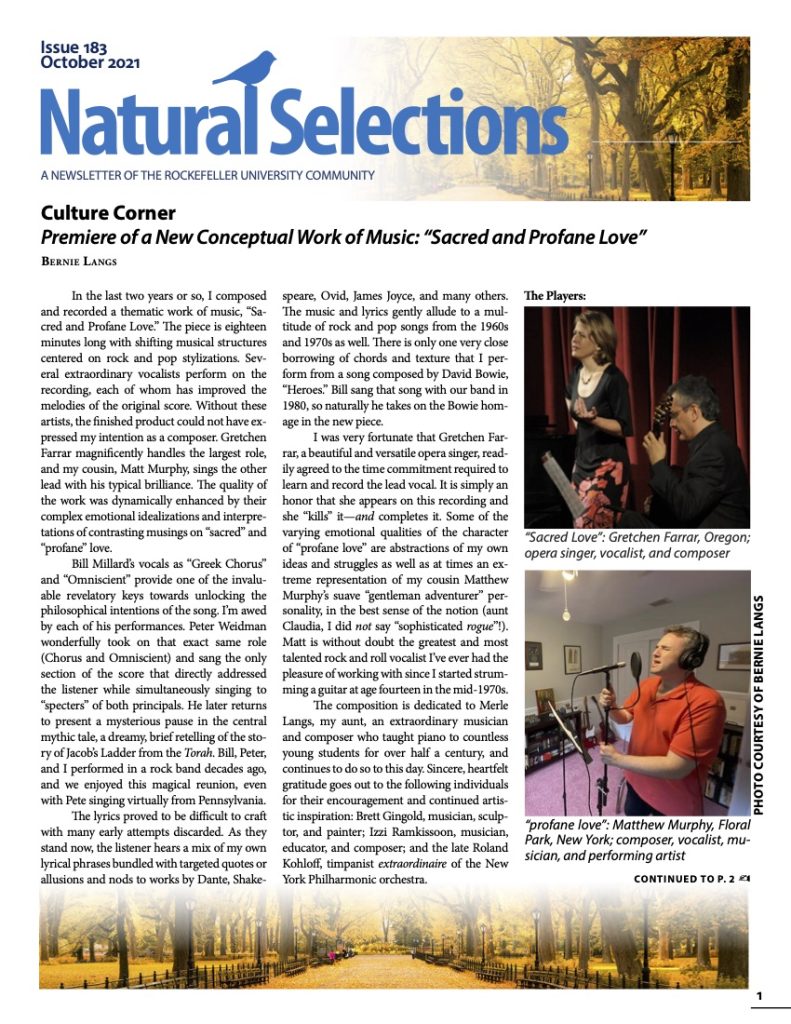Johannes Buheitel
I’m confused, disoriented. The ringing from my alarm still in my ear, I’m performing the absolute minimum necessary number of tasks that prepare me to go out and join the herd of zombies slowly moving through the streets. Phasing in and out of consciousness, me and my fellow undead finally manage to stumble into the same type of place, as if we had all been drawn there by an invisible force. It is here, where I get what I crave: A black magic juice whose ingestion will allow me to start feeling like a human being for the first time that day. What I crave, of course, is coffee.
I might be slightly exaggerating for dramatic effect, which doesn’t make it less true that many people all around the globe rely on a good morning cup of joe as an essential part of their daily routine. But recently, those people started to grow increasingly worried as news outlets have begun reporting that the State of California wants to force coffee shops and other places that sell brewed coffee to label it as cancerogenic. So clearly, many are now asking: Have we been drinking poison the whole time?
Let’s back up a moment: Since 1986, California law requires all companies with 10 or more employees to post clear warnings on or around products that could pose a danger to a potential consumer (apparently, if your company has only 9 employees you’re allowed to give people cancer, but let’s not go there). This risk is defined by a product containing certain chemicals that are listed in the law’s documentation, among them, one at the center of this debate: acrylamide. Acrylamide is formed as a byproduct of the Maillard reaction, which occurs pretty much anytime food items (especially starchy ones) are heated over a certain temperature. This reaction is responsible for the crust on a seared steak, the dark rind of a freshly baked loaf of bread, or the crispy exterior of a french fry (you know, all the good stuff). And—you guessed it—coffee beans owe their beautiful brown sheen to this chemical reaction happening during the roasting process.
So how dangerous is acrylamide? Well, it all depends on how you look at it. The results of studies in which mice and rats had been fed with the chemicals have shown a clear dose-dependent correlation between cancer and acrylamide. Taking these results at face value, we could fairly confidently assume that acrylamide will have a cancerogenic effect on humans as long as—and this is important—one ingests enough of it. I’m stressing this fact, because the amount of acrylamide the rodents were exposed to in these laboratory experiments are 1,000 – 100,000 times higher on a per kilogram basis than what can be expected from dietary consumption in humans, which makes it very unlikely that one can take up enough dietary acrylamide to cause immediate harm.
Of course, this fact doesn’t exonerate acrylamide just yet. What about long-term exposure of humans to small amounts of this compound? This is where it gets complicated. You see, long-term dietary studies are usually quite tricky to perform, control, and analyze well. This is due to many reasons, with one of the most problematic being the reliance of many studies on their subject’s self-reporting and our tendency to (willingly or unwillingly) misrepresent the number of things we put into our mouths. Nonetheless, these studies have been scientists’ bread and butter (no pun intended) for decades, allowing them to assess the influence of diet on our health. And up to this day all of these studies have failed to prove a clear correlation between acrylamide in cancer in humans. This means that from all the information we have so far, we can assume that it is unlikely that the concentrations found in a normal human diet (including in coffee) will have any measurable effect on your health. In particular, your cancer risk is way more likely to be influenced by factors such as genetics, certain habits, such as smoking, or whether you are occupationally exposed to higher concentrations of chemicals or radiation. But, as I mentioned, our current studies aren’t perfect, which is why the National Cancer Institute suggests additional epidemiological long-term studies that do a better job tracking certain metabolic markers.
But now let’s get back to coffee. Should you stop drinking it because of acrylamide? Probably not. Should it get a label because of its acrylamide content? Probably not. Even so, you might say to yourself: “Well, let’s just play it safe and cut the coffee”. In this case; however, I want you to consider this: In 2014, the results of a meta-analysis of 21 studies conducted between 1966 and 2013 showed that coffee consumption of 3-4 cups per day was not only not correlated with cancer mortality, but even decreased (!) the likelihood of death from all causes and also specifically from cardiovascular disease. So, the next time you want to reach for this expensive face cream behind your bathroom mirror, think about going into your kitchen instead, because those little brown beans on the counter might hold the actual secret formula for longevity. Black magic juice, indeed.

